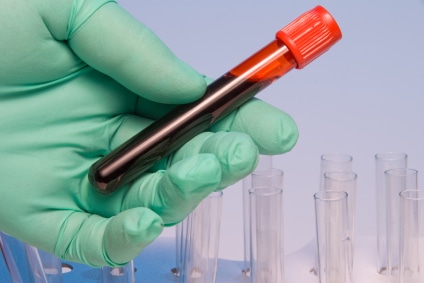Do You Have Silent Inflammation? In Silent Inflammation And Chronic Disease and How To Treat Silent Inflammation we discussed what silent...

Do You Have Silent Inflammation? In Silent Inflammation And Chronic Disease and How To Treat Silent Inflammation we discussed what silent...
© 2025 jackomd180. All rights reserved.